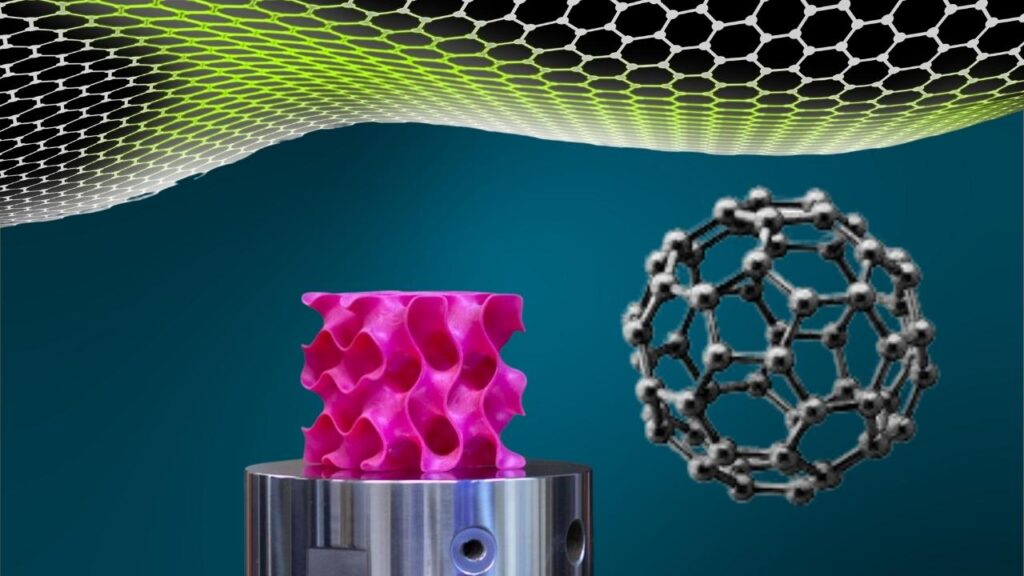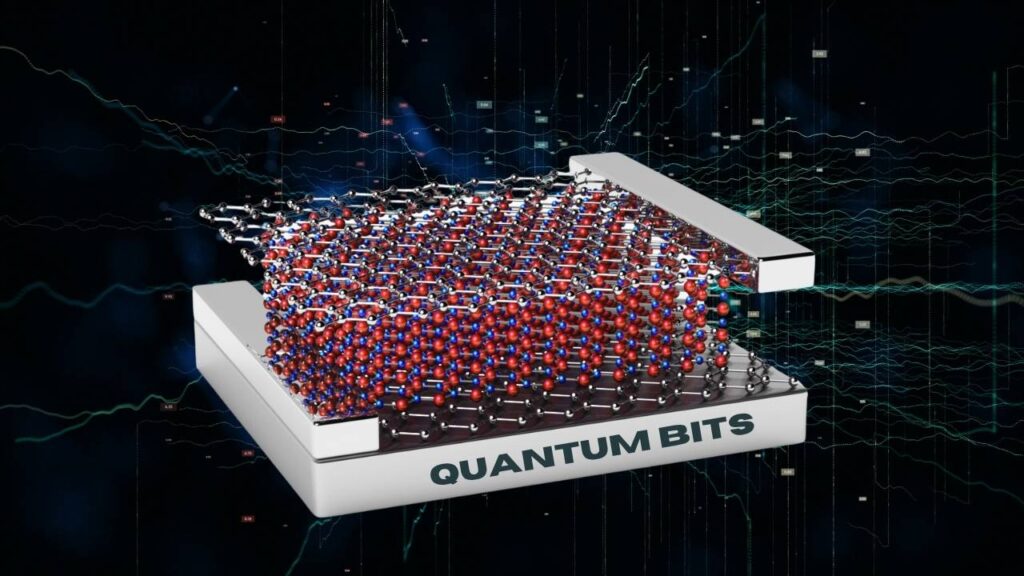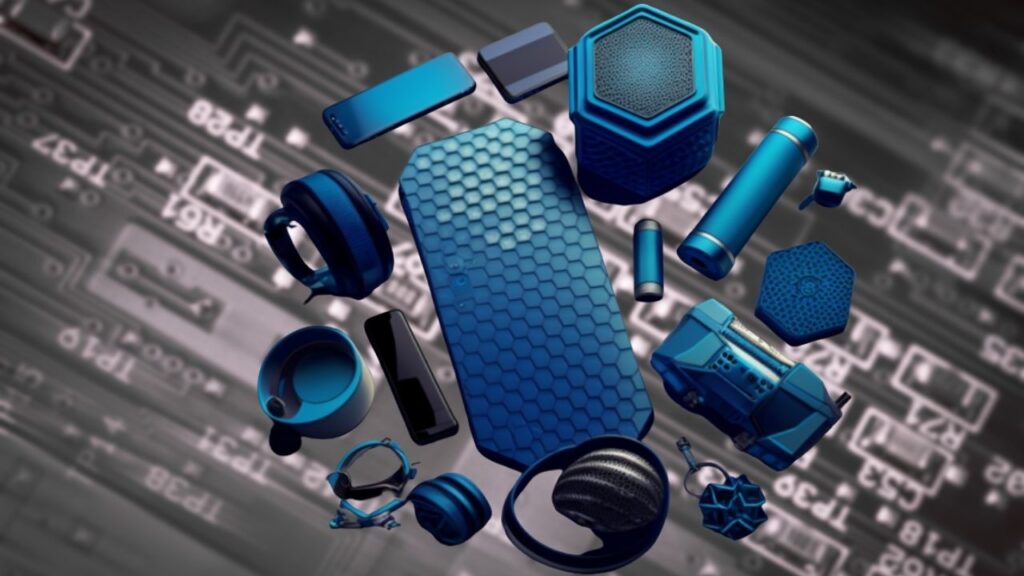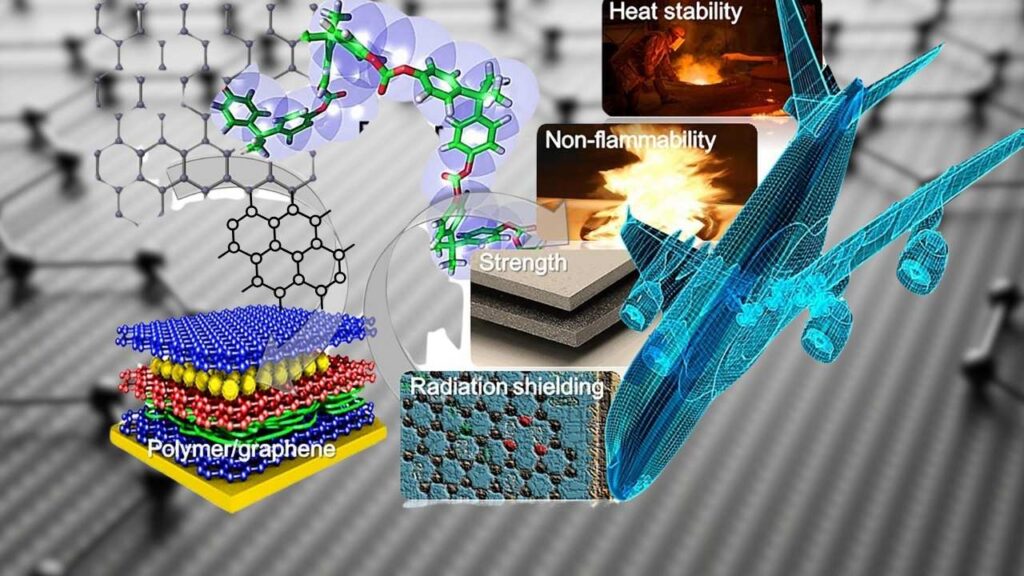Graphene Breakthrough Promises Faster, Smaller, More Efficient Electronics: In a groundbreaking development that could reshape the future of technology, a graphene breakthrough promises faster, smaller, more efficient electronics. Scientists at the Georgia Institute of Technology have achieved a milestone by creating the world’s first functional semiconductor entirely from graphene—ushering in a new era beyond silicon-based components.

Graphene, a one-atom-thick sheet of carbon atoms arranged in a hexagonal lattice, has long been hailed as a “wonder material” due to its extraordinary properties. However, until now, practical applications in electronics were largely theoretical. That’s all changing, thanks to new research making graphene semiconductors a reality.
Table of Contents
Graphene Breakthrough Promises Faster, Smaller, More Efficient Electronics
| Feature | Details |
|---|---|
| Breakthrough | World’s first working graphene-based semiconductor |
| Research Institution | Georgia Institute of Technology |
| Material Used | Epitaxial graphene grown on silicon carbide |
| Electron Mobility | ~500x greater than silicon source |
| Advantages | Faster computing, smaller components, lower power consumption |
| Potential Uses | Smartphones, computers, wearables, quantum computing, flexible electronics |
| Commercial Availability Estimate | 5–10 years |
| Official Website | gatech.edu |
The latest graphene breakthrough promises faster, smaller, more efficient electronics, and it’s more than just hype. Thanks to cutting-edge research from institutions like Georgia Tech, graphene-based semiconductors are no longer science fiction. They’re on the brink of transforming how we build everything from phones to quantum computers.
While challenges remain, the roadmap is clear: as technology continues to shrink and speed up, materials like graphene are poised to lead the next generation of innovation.
What Is Graphene and Why Is It So Special?
Let’s start with the basics. Graphene is a single layer of carbon atoms bonded together in a honeycomb pattern. It’s about 200 times stronger than steel, yet incredibly flexible and transparent. Most importantly for electronics, it’s an excellent conductor of electricity and heat.
Why does this matter? Because the material at the heart of nearly all electronics today—silicon—is reaching its physical limits. As we try to make devices smaller and more powerful, silicon simply can’t keep up. Enter graphene, which could pick up where silicon leaves off.
The Breakthrough: Making Graphene Work Like Silicon
For decades, researchers knew graphene had potential, but turning it into a usable semiconductor—a material that can control electric current—was the challenge. Silicon naturally has a “bandgap,” which allows it to act as a switch. Graphene doesn’t, making it difficult to use in traditional transistors.
The Georgia Tech team solved this by using a method called epitaxial growth, where they grew graphene on a silicon carbide wafer. The result is semiconducting epitaxial graphene (SEC)—nicknamed epigraphene—that works well with current electronics manufacturing processes.
“We have now made the first transistor that is entirely graphene-based,” said Dr. Walter de Heer, lead researcher. “This could revolutionize how we build electronic devices.”
Why This Matters: Real-World Benefits
1. Faster Electronics
Graphene has electron mobility up to 200,000 cm^2/V·s, compared to 1,400 cm^2/V·s for silicon. This means electrons move faster, translating to quicker data processing.
2. Smaller Devices
Because graphene is just one atom thick, components made from it can be ultra-compact. Imagine phones as thin as paper, or computers embedded in fabrics.
3. Lower Energy Consumption
Graphene transistors generate less heat and use less power. This could lead to longer battery life and cooler devices, especially important for smartphones and laptops.
4. Flexible & Wearable Tech
Graphene’s flexibility opens doors for wearables, bendy phones, and medical sensors that conform to your skin.
Applications: Where We’ll See Graphene First
Quantum Computing

Graphene’s quantum properties make it a promising candidate for qubits in quantum computers, offering stability and scalability.
High-Speed Internet & 6G

Its speed makes it ideal for next-gen wireless communication, such as 6G and optical interconnects.
Medical Devices

Graphene’s biocompatibility allows for implants and biosensors that are less invasive and more precise.
Consumer Electronics

Expect graphene to first appear in supercapacitors, high-speed processors, and OLED displays.
Defense and Aerospace

Graphene can be used to create lightweight armor, stealth coatings, and durable spacecraft components due to its high strength-to-weight ratio and thermal conductivity.
Industry Outlook: Who’s Investing and Innovating?
Big players are entering the graphene race:
- IBM is exploring graphene-based transistors for AI chips.
- Samsung has filed patents for graphene batteries and displays.
- Huawei is developing thermal management systems using graphene.
- Graphenea and First Graphene are startup leaders in mass production.
Governments are also investing heavily. The EU Graphene Flagship project has over €1 billion in funding, and China and the U.S. are accelerating graphene research through national initiatives.
A Step-by-Step Guide: Understanding Graphene in Electronics
Step 1: Understand the Limitations of Silicon
- Slower performance as chips shrink
- High power consumption
- Heat buildup in compact devices
Step 2: Learn Graphene’s Unique Properties
- High conductivity
- Flexibility and strength
- Transparency
Step 3: Recognize the Importance of Bandgaps
- Silicon’s natural bandgap = easy switching
- Graphene’s lack of bandgap = challenge for semiconductors
Step 4: See How Epigraphene Fixes This
- Grown on silicon carbide
- Adds controllable bandgap
- Compatible with current chip fabrication
Step 5: Track Industry Adoption
- Monitor research from Georgia Tech, IBM, and Samsung
- Follow companies in flexible electronics and quantum tech
- Watch for pilot products like graphene batteries or sensors
The Rise of Electrochromic Glass: Smart Windows That Save Energy and Adapt to Light
AI Meets Materials Science: How Machine Learning Is Accelerating Scientific Discovery
Quantum Dots Power Next-Gen Displays: What to Expect from Future Screens
FAQs About Graphene in Electronics
Q1: Is graphene better than silicon for all electronics?
A1: Not yet. While graphene excels in speed and flexibility, silicon is still cheaper and easier to mass-produce.
Q2: When will we see graphene phones or computers?
A2: Early applications may appear in niche devices within 3–5 years. Widespread adoption could take 5–10 years.
Q3: Is graphene safe?
A3: Current studies suggest it’s safe, but more research is needed for long-term exposure, especially in medical devices.
Q4: Can graphene be recycled?
A4: Yes, graphene can be reused in some applications, and it’s carbon-based, making it more eco-friendly than rare-earth elements.
Q5: What are other uses of graphene?
A5: Graphene is also being tested for water filtration, solar panels, and lightweight composites in aerospace.



















